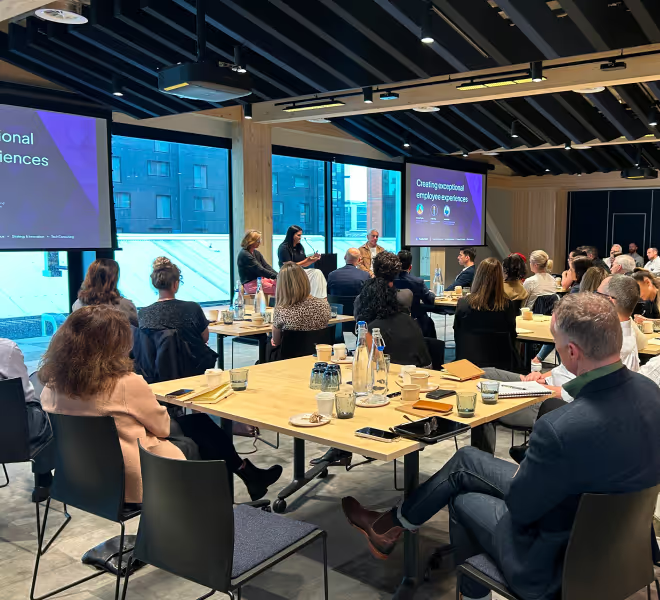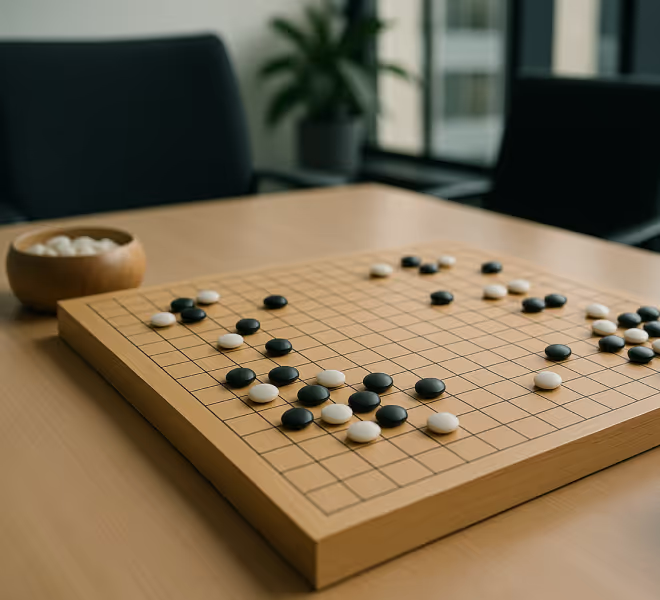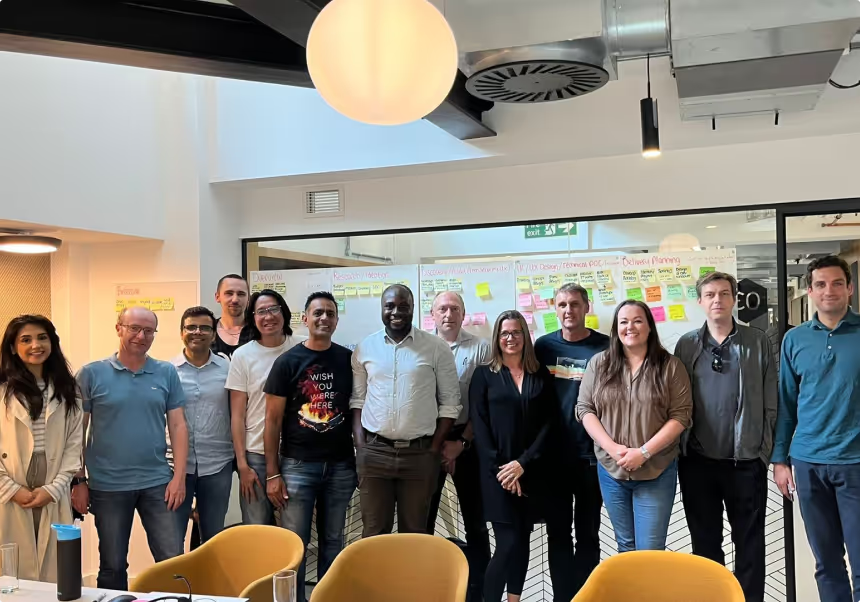VR is something that Blake and I have been eyeing up for a while and we’ve been on the lookout for a project where we could put it to task. Luckily for us we joined forces with the team at Jucy Snooze to crash test the conceptual design of their new Cook Street hostel in VR.
In a nutshell, we took Jucy’s architectural drawings and turned them into a VR model. We worked at a low level of fidelity because primarily we were interested in determining if the overall layout of the space was fit for purpose. When we talk about low fidelity in VR the VR experience is high quality but the environment itself is at a wireframe fidelity so we’re not worried about the specifics of soft furnishings, textures or colours.
The realisation of the power of VR hit us when we got the Jucy team in for their first VR walkthrough.
Within seconds the guys were fully immersed in the experience and were beginning to have conversations beyond those enabled by a two-dimensional architectural plan. From the onset, it was obvious that certain aspects of the proposed design weren’t optimal so we were able to go back to the architects with a clearer brief and better understanding of what the space could and should be.
After a couple of iterations, we enlisted the help of some Jucy Snooze customers and completed “formal user testing” over two days. Once again we gained valuable insight into the design concept that sharpened our focus in certain areas enabling the team to be better informed when moving into the detailed design phase.
As a tool, VR is relatively inexpensive for the value it provides and much like rapid prototyping of digital experiences, it's better to learn what’s working and what’s not, before you cut any code or in this case, knock out any structural walls!
We see VR being applicable to a wide range of industries including airports and airlines, tourism and hospitality, healthcare, public transport and public spaces. The work that we’re doing appears to be different from the VR renders that architects are producing as we have a focus on early facilitated feedback to inform spatial and service design iterations...we’re putting all those years of user testing facilitation to good use.






